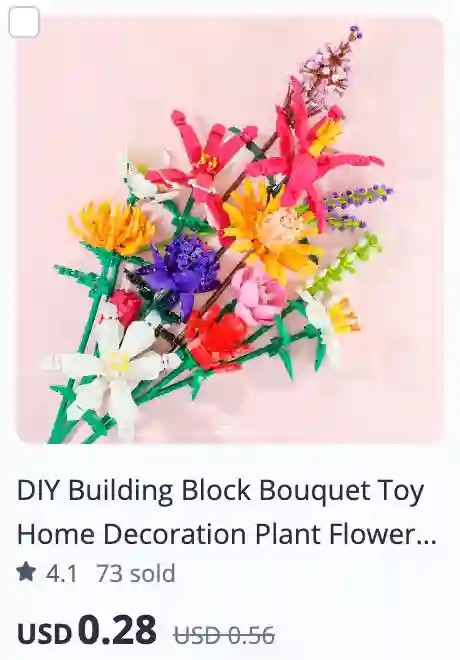
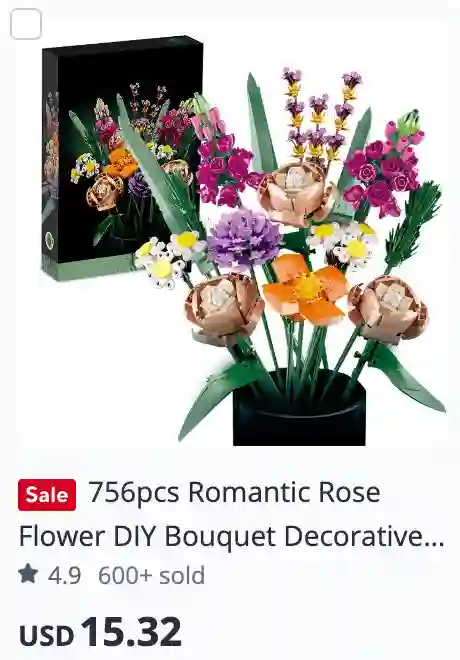
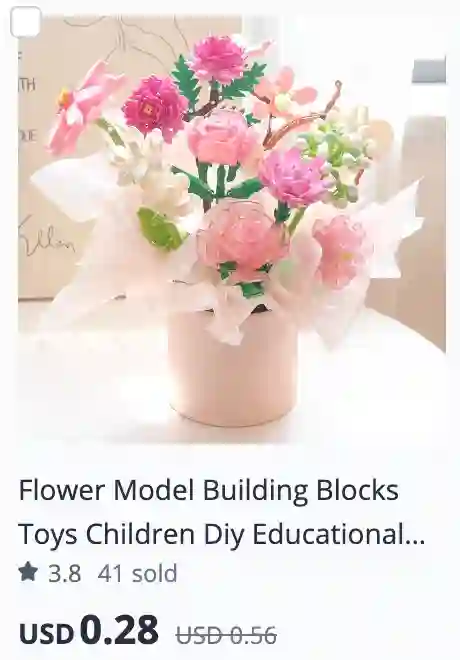
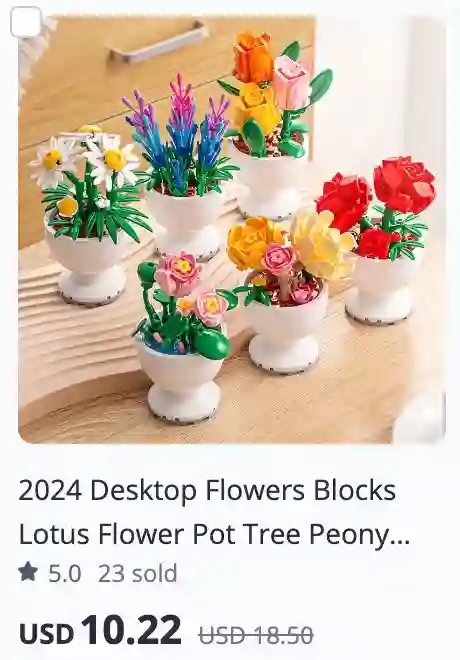

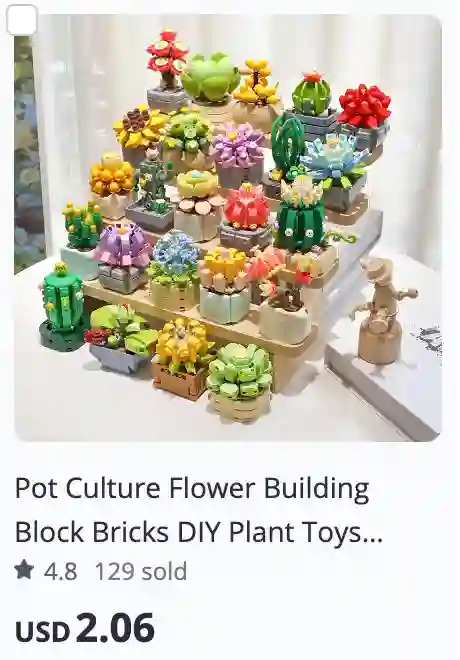
Top 100 Gift Ideas For Plant Lovers 2024
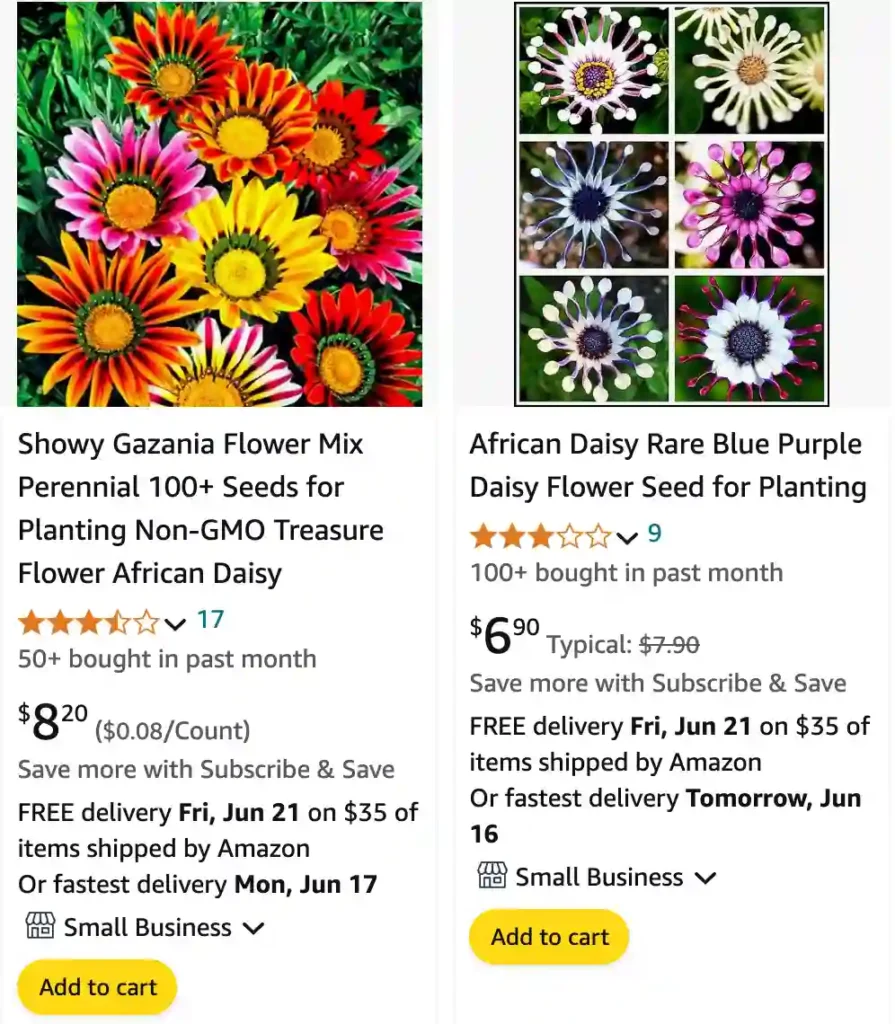
All About African Daisies: A Gardener’s Guide by Ferb Vu
African Daisy, also known as Osteospermums, have become staples in my garden. These vibrant blooms bring a cheerful pop of color throughout the season, and their easy-going nature makes them perfect for beginner gardeners like myself.
Over the years, I’ve learned a lot about these beauties, and I frequently get questions from fellow plant enthusiasts. So, I decided to compile a quick FAQ to share my knowledge!
Are African Daisies Really From Africa?
Despite their name, African Daisies hail from South Africa, where they thrive in the warm, sunny climate. Their scientific name, Osteospermum, comes from the Greek words “osteon” meaning bone and “sperma” meaning seed, likely referring to the plant’s hard seeds.
Perennial or Annual? It Depends Where You Live
African Daisies can be enjoyed as either perennials or annuals, depending on your climate. In warmer regions (USDA hardiness zones 9b-11), they’ll happily return year after year, adding a touch of familiarity to your garden. However, in colder climates (zones 9a and below), they’re typically treated as annuals, needing to be replanted each spring.
Sun Worshippers: Where to Plant Your African Daisies
Just like their South African origins suggest, African Daisies are sun worshippers. They crave at least 6-8 hours of direct sunlight daily to flourish and produce an abundance of blooms. When planting, choose a location that receives ample morning sun. Afternoon shade, especially in very hot climates, can be beneficial to prevent the flowers from scorching.
Soil Secrets: Drainage is Key
African Daisies aren’t fussy about soil type as long as it drains well. Soggy roots are a recipe for disaster, so avoid planting them in heavy clay soil. Amending the soil with compost or sand before planting can significantly improve drainage. Aim for a slightly acidic to neutral pH level (around 6.0 to 7.0) for optimal growth.
Watering Wisely: Finding the Balance
African Daisies are surprisingly drought-tolerant once established. They thrive on an inch of water per week, which can come from rainfall or irrigation. The key is to water deeply and allow the soil to dry slightly between waterings. Overwatering can lead to root rot, so it’s better to err on the side of underwatering.
Feeding Frenzy: How to Keep Your Daisies Happy
While African Daisies aren’t heavy feeders, a monthly dose of water-soluble fertilizer during the growing season (spring to fall) can encourage continuous blooming. Opt for a balanced fertilizer formulated for flowering plants.
Deadheading for More Blooms
To extend the flowering season and promote bushier growth, deadhead spent blooms regularly. Simply pinch off the wilted flower head just below the base. This encourages the plant to put its energy into producing new blooms instead of setting seed.
Common Pests and Diseases: Keeping Your Daisies Healthy
African Daisies are generally pest and disease resistant. However, they can be susceptible to aphids, snails, and slugs, which can be controlled with organic methods like insecticidal soap or neem oil. Fungal diseases like powdery mildew might occur in humid conditions. Ensure good air circulation around the plants and avoid overhead watering to prevent fungal issues.
African Daisy vs. Gerbera Daisy: A Tale of Two Daisies
African Daisies are often confused with Gerberas (Gerbera jamesonii). Both boast daisy-like flowers, but there are key differences. Gerberas are more delicate and prefer cooler temperatures. They’re typically grown as cut flowers and don’t tolerate harsh sunlight as well as African Daisies. African Daisies, on the other hand, are tougher, heat-tolerant, and produce a wider variety of flower colors beyond the classic yellow of Gerberas.
African Daisy vs. Blanket Flower: Striking Similarities
Blanket Flowers (Gaillardia spp.) share a similar daisy-like appearance with African Daisies. Both come in a range of vibrant colors and thrive in full sun. However, Blanket Flowers tend to have more single-petaled blooms and a shorter bloom time compared to African Daisies.
With a little TLC, African Daisies will reward you with a season-long display of cheerful blooms. Their easy-care nature and vibrant colors make them a perfect addition to any garden, adding a touch of South African sunshine to your own backyard.



